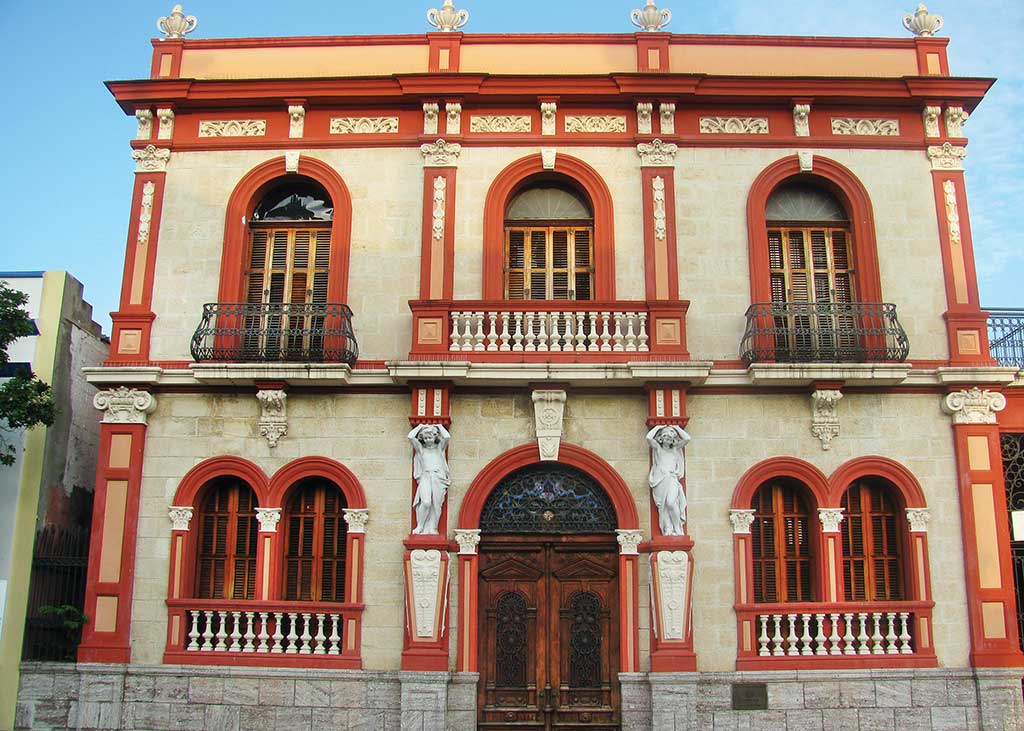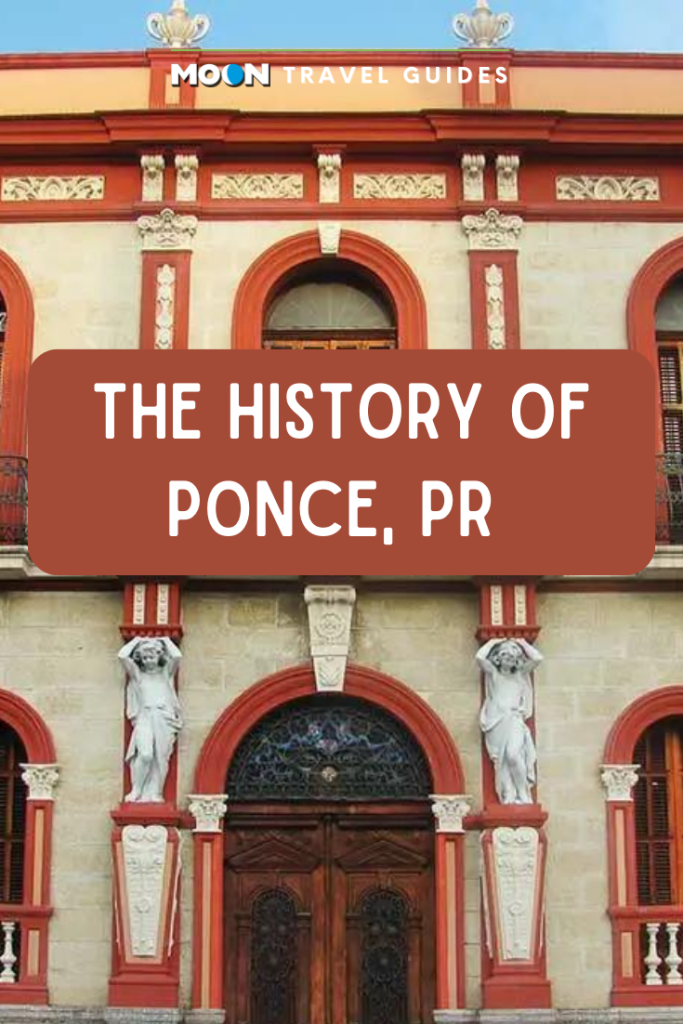The History of Ponce, Puerto Rico
Ponce is the south coast’s biggest city, and what a city it is. It has a large, lovely central plaza that bustles with activity night and day, and it rivals San Juan as the island’s cultural, historical, and architectural center. Home to the founders of Don Q rum, Ponce was once a very wealthy city, which is apparent in its many beautiful buildings, museums, and elaborate festivals.
The southern region was home to a significant Taíno community, established in the 1200s, that stretched from Guánica to Ponce. At the time of Columbus’s arrival, the chief was Cacique Agüeybaná, who is believed to have been the island’s most powerful leader at that time. But the south coast’s Indigenous history predates the Taíno culture. Just north of Ponce, Centro Ceremonial Indígena de Tibes is one of Puerto Rico’s most significant historic sites. Many ceremonial ball courts, plazas, and petroglyphs have been discovered on this site, which archaeologists have attributed to Pre-Taíno and Igneri cultures that date back as far as 300 BC.

Elegant, cultured Ponce was an economic and cultural rival to San Juan back in the day. It experienced great growth and wealth during the 18th and 19th centuries thanks to its international shipping trade, which brought an influx of European immigrants who established lucrative rum distilleries and plantations growing coffee and sugarcane. All that wealth translated into the construction of hundreds of gorgeous, ornate homes and buildings that combine rococo, neoclassical, and Spanish Revival architectural elements with traditional criolla building styles, distinguished by broad balconies, large doorways, and open-air patios.
Related Travel Guide
Save for Later


